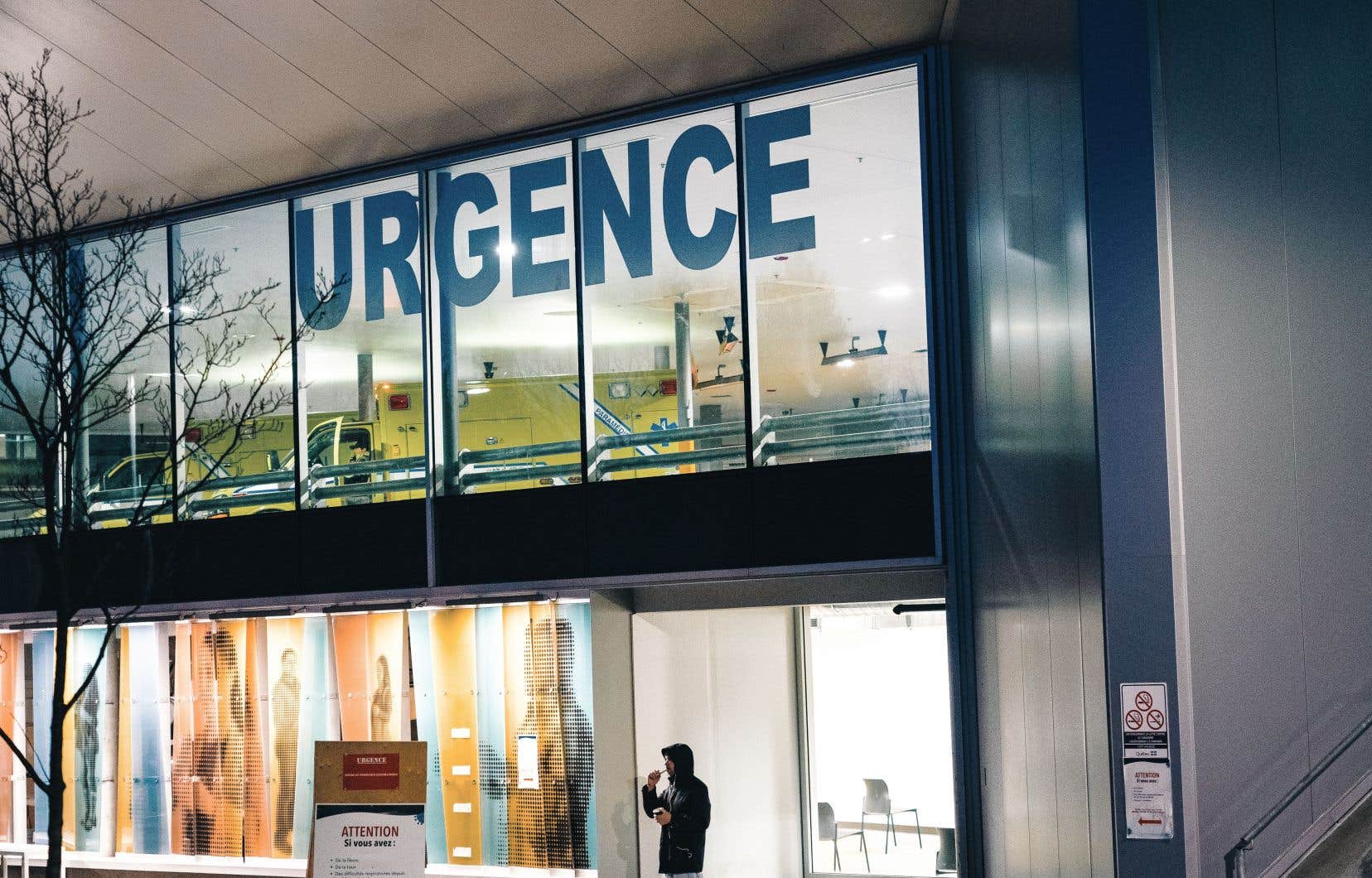A $3.8 billion plan is required to achieve the goal of decarbonization in the health network by 2040, according to a new report from the firm Dunsky Energy + Climate.
The Quebec government has adopted a target of zero direct greenhouse gas emissions for state buildings and the entire institutional vehicle fleet in 2040, and the report presented Tuesday is intended to be a leaflet “turnkey” road to decarbonization of the health system.
It targets buildings, vehicles and indirect greenhouse gas (GHG) emissions.
The plan, commissioned by the Association for Public Health of Quebec (ASPQ) and financed by the Trottier Family Foundation, proposes, among other things, to introduce energy saving measures, in particular by recovering waste heat from buildings, replace fossil fuels, electrify vehicles and ambulances, “while optimally planning charging infrastructure and vehicle use” and account for indirect emissions in carbon balance sheets.
“The combustion of fossil fuels contributes to both air pollution and climate change, thus affecting the health of populations, in particular by aggravating certain chronic diseases. Taking mobilizing actions to achieve carbon neutrality is essential, not only because of the current impacts, but also because they will affect our future generations,” reacted the DD Mylène Drouin, regional director of public health for the Montreal region, in a press release.
“Knowing that the climate crisis is a real threat to the health sector and that it must be exemplary in terms of mitigating greenhouse gas emissions, it seemed important to us to support an approach allowing to measure the efforts necessary to decarbonize this sector,” said Éric St-Pierre, executive director of the Trottier family Foundation, an organization financed by private funds.
According to the study, the health sector currently emits 3.6% of the province’s total GHG emissions, the equivalent of 2.74 million tonnes of GHGs.
The main sources of emissions would come from buildings, transport and indirect emissions.
